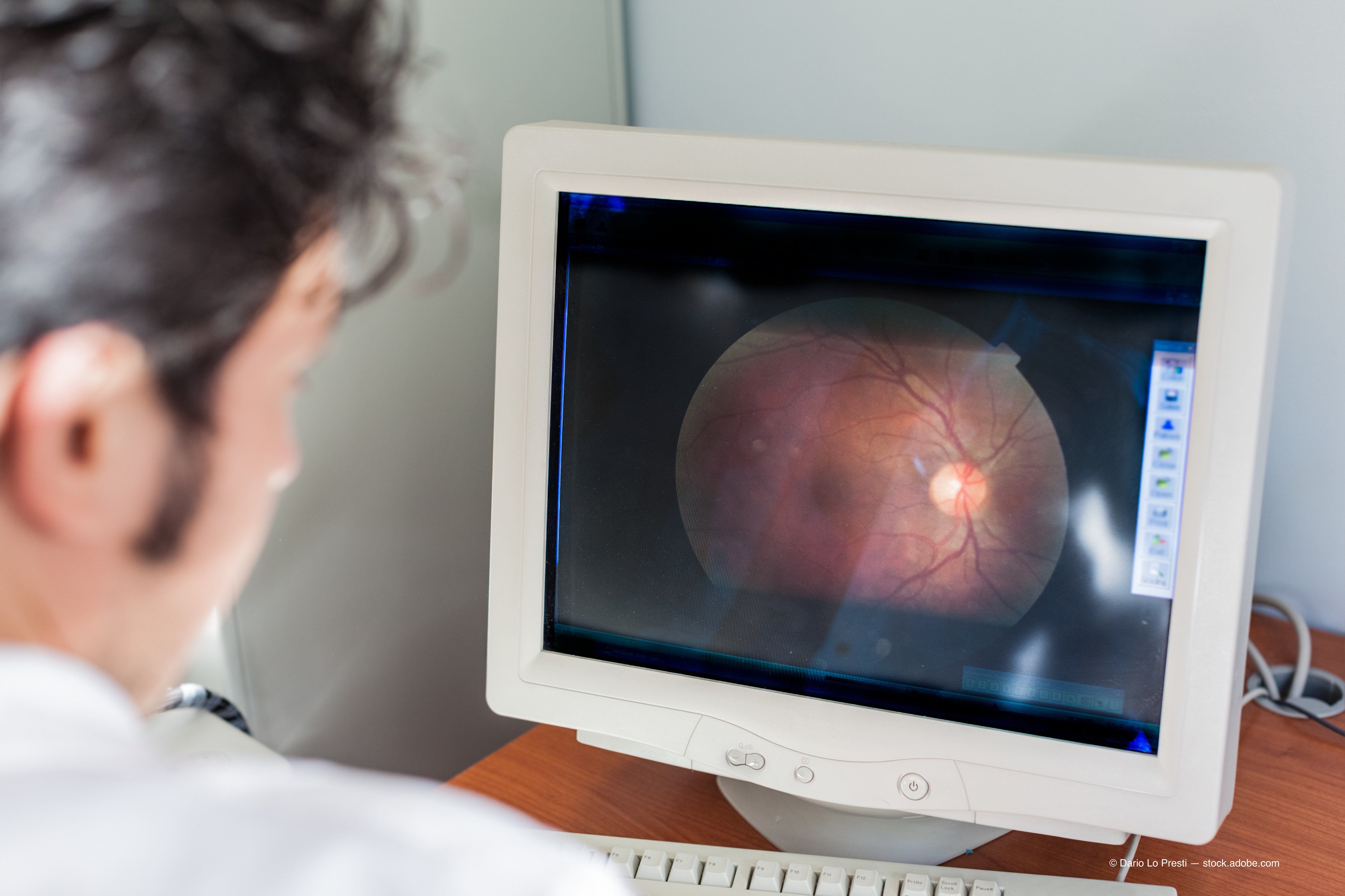Look at the retina in a different way


It a new year and that means there are changes with the Current Procedural Terminology (CPT) codes that govern how ODs describe what we do during the physician-patient encounter. Not to mention the tests and procedures we perform on patients. Last month marked the change of one of the most frequently used CPT codes in the ophthalmic space-extended ophthalmoscopy.
Traditionally extended ophthalmoscopy has been a unilateral test described by CPT codes 92225 and 92226. The CPT1 had defined these codes as follows:
• 92225: Ophthalmoscopy, Extended, With Retinal Drawing (Eg, For Retinal Detachment, Melanoma), With Interpretation and Report; Initial
• 92226: Ophthalmoscopy, Extended, With Retinal Drawing (Eg, For Retinal Detachment, Melanoma), With Interpretation and Report; Subsequent
Related: Retinal detachment seals itself
The preamble for performing extended ophthalmoscopy remains essentially the same. This procedure should be done only when other, less extensive procedures have failed to provide the clinical information necessary to appropriately diagnose, treat, or manage the clinical condition. Simply put, if traditional ophthalmoscopy (direct or indirect) or taking a fundus photograph of the retina provided the necessary information to diagnose, treat, or manage the clinical condition of the patient, then performing extended ophthalmoscopy would not be medically necessary.
Unfortunately, that is not how the code has traditionally been utilized. In my experience, many clinicians performed the procedure without establishing appropriate medical necessity. This is due, in part, to the fact that it is a unilateral test, billed per eye, which provides solid reimbursement when performed on both eyes. Additionally, the definition of the codes (as described above) was fairly general with the only differentiation between the codes being the words “initial” and “subsequent”. Both codes did require an actual drawing of the area of concern within the retina and an interpretation and report in order to fulfill the CPT requirements.
Related: Macular diseases: Emerging best practices for diagnosis, management and follow-up protocols
New codes
Enter 2020. CPT codes 92225 and 92226 are now inactive in the current CPT set. They have been replaced by two new codes that now have a much more specific definition of the procedure required. The two new codes are2:
92201 - Ophthalmoscopy, Extended; With Retinal Drawing and Scleral Depression Of Peripheral Retinal Disease (Eg, For Retinal Tear, Retinal Detachment, Retinal Tumor) With Interpretation And Report, Unilateral Or Bilateral
92202 - Ophthalmoscopy, Extended; With Drawing Of Optic Nerve Or Macula (Eg, For Glaucoma, Macular Pathology, Tumor) With Interpretation And Report, Unilateral Or Bilateral.
Related: Look at more than the optic nerve head in glaucoma patients
Note that the preamble for the codes remain the same. Extended ophthalmoscopy is indicated only when another less invasive test can provide the necessary information for the physician to diagnose, treat, or appropriately follow the management of the patient’s clinical condition.
The two new codes not only specifically define the area of the retina that must be examined, central retina for 92202, and in the case of 92201, it also defines and requires the use of the clinical technique of scleral depression to examine the peripheral retina. If you omit scleral depression or there is no notation of that technique in the record, then the definition of the code has not been fulfilled and would fail upon audit.
The other significant change is that the tests are both now defined to be “unilateral or bilateral” meaning that one would bill the code only as a single line item with the quantity of 1 when performed on one eye or both, thus effectively reducing the reimbursement for the new codes as compared to the prior codes by approximately 50 percent.
Related: Toxoplasmosis retinochoroiditis pictorial review
Look ahead
Change always brings adaptation, some good and some bad. When I see individuals trying to game the system, basing clinical decisions on reimbursement rather than appropriate clinical care, it worries me.
While reimbursement is a critical component of the clinical paradigm, it isn’t one that you can hang your hat on to bring defense in an audit. Auditors will always examine the clinical care required by the individual patient’s situation and whether the physician performed the correct care by what is recorded in the medical record. An auditor will define the care properly by using the correct CPT code, and determine whether or not it fulfilled the definition of the CPT code with respect to medical necessity and clinical element requirements.
Related: Determine risk for hydroxychloroquine retinal toxicity
My advice: Always put patient care first. Keep current in knowledge and understanding of the CPT code set that describes the services you provide, and make sure that everyone in the office who touches the clinical record understands those requirements and definitions as well. Do not base clinical decisions simply on reimbursement from a third-party carrier. Much of the care that ODs provide is still paid out of pocket by the patient despite being “covered” due to the prevalence of high-deductible healthcare plans in the marketplace.
Be sure that when looking at the retina, you are following the guidelines, requirements, and definitions of the two new codes for extended ophthalmoscopy.
More by Dr. Rumpakis: AI testing is almost here, and it doesn’t care if ODs are ready
References:
CPT Professional Edition, American Medical Association, 2019, pg.650
CPT Professional Edition, American Medical Association, 2020, pg 658
Newsletter
Want more insights like this? Subscribe to Optometry Times and get clinical pearls and practice tips delivered straight to your inbox.